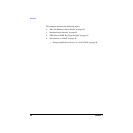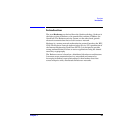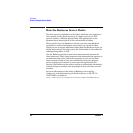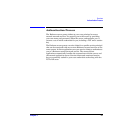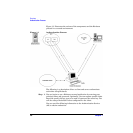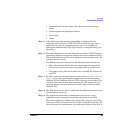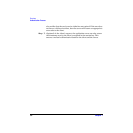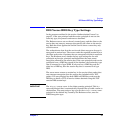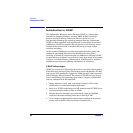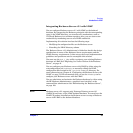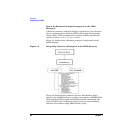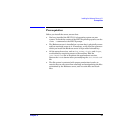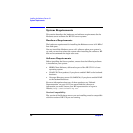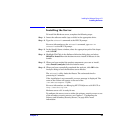
Overview
Introduction to LDAP
Chapter 132
Introduction to LDAP
The Lightweight Directory Access Protocol (LDAP) is a lightweight
protocol for accessing directory services. LDAP defines a message
protocol used by directory clients and directory servers. It is a
fast-growing technology for accessing common directory information.
LDAP has been embraced and implemented in most network-oriented
middleware. LDAP has gained wide acceptance as the directory access
method of the Internet and is therefore becoming strategic within
corporate intranets.
As the number of different networks and applications has grown, the
number of specialized directories of information has also grown,
resulting in islands of information that are difficult to maintain. LDAP,
an open industry standard, has evolved to meet these needs of providing
access to a common directory infrastructure. LDAP defines a standard
method for accessing and updating information in a directory.
LDAP Advantages
LDAP has evolved as a lightweight protocol for accessing information in
X.500 directory services. It has since become more independent of X.500,
and servers that specifically support the LDAP protocol rather than the
X.500 Directory Access Protocol. The success of LDAP has been largely
due to the following characteristics that make it simpler to implement
and use, compared to X.500 and DAP:
• Omits duplicate, rarely used, and esoteric features. This makes
LDAP easier to understand and to implement.
• Runs over TCP/IP rather than the OSI protocol stack. TCP/IP is less
resource-intensive and is widely available.
• Encodes data for transport over networks by using a simplified
version of the same encoding rules that is used by X.500.
• Uses strings to represent data rather than complicated structured
syntax such as ASN.1 (Abstract Syntax Notation One).



